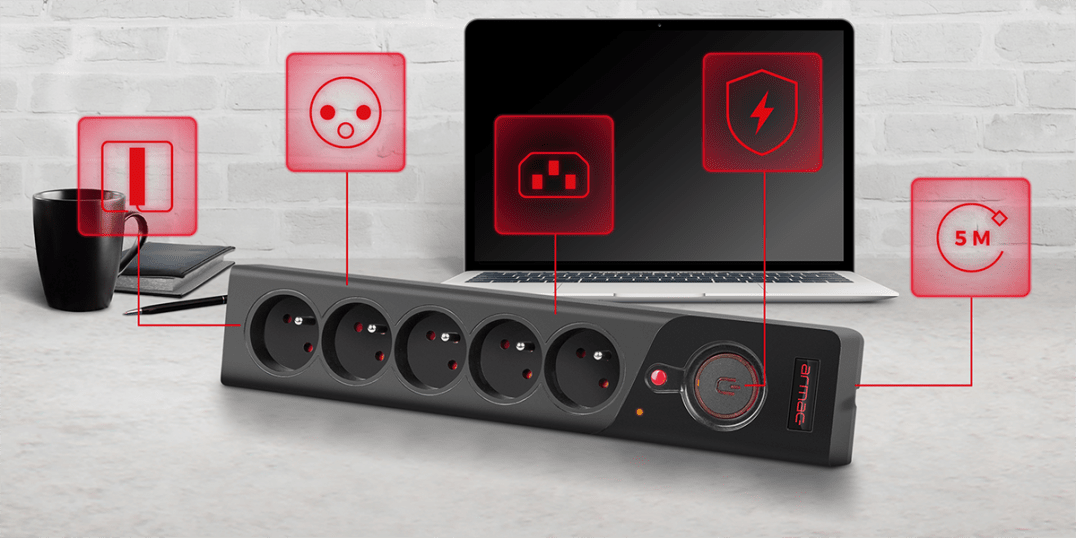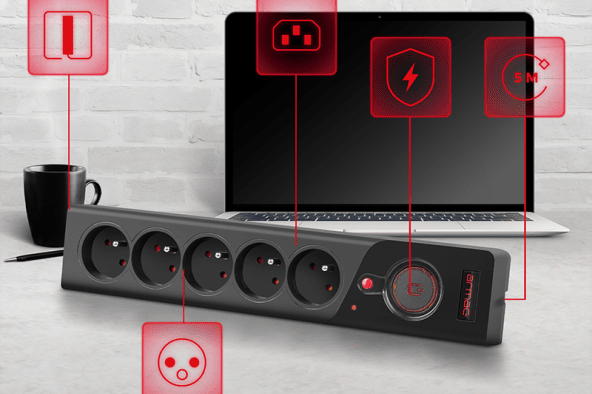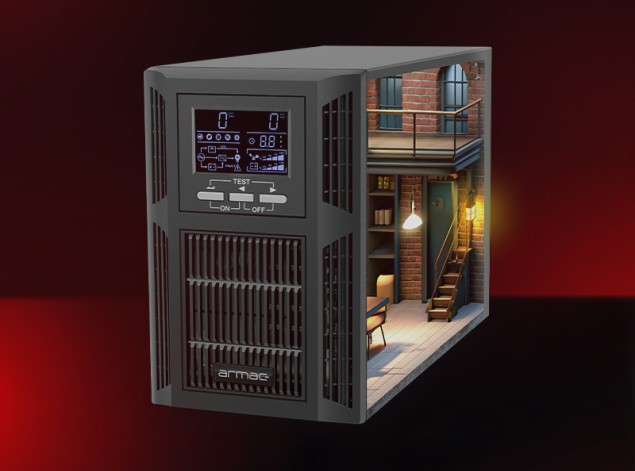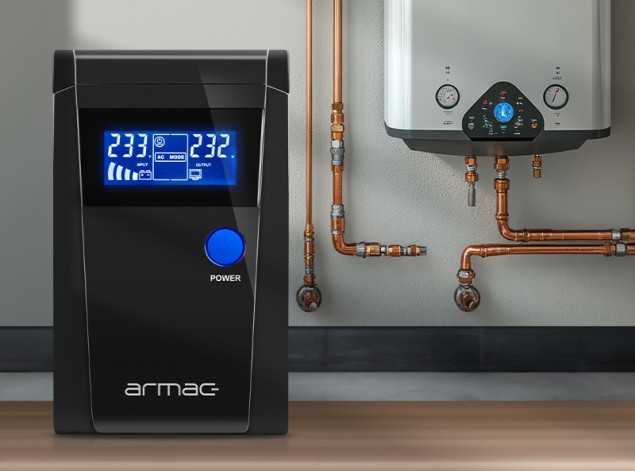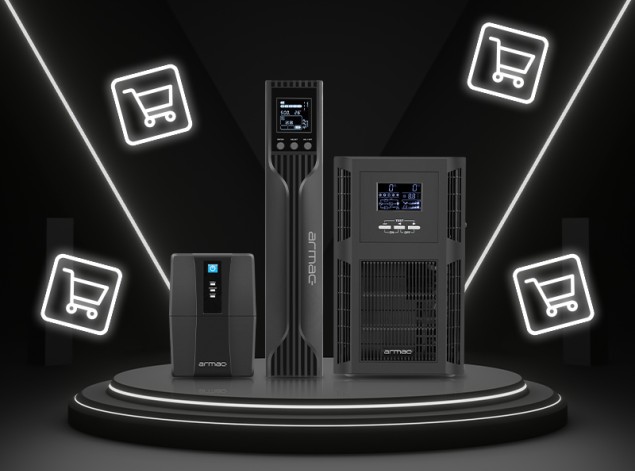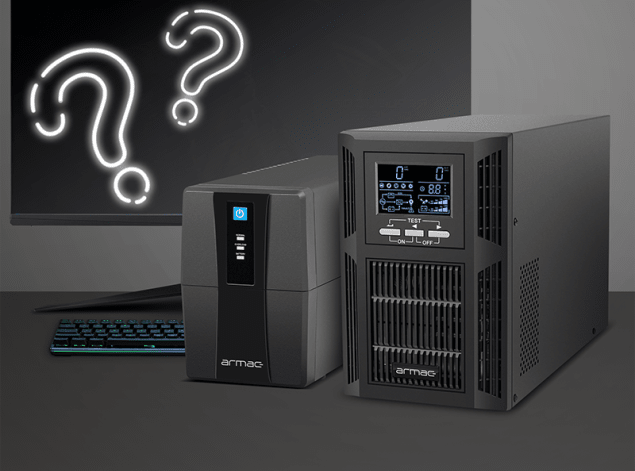Surge power strip vs. extension cord - what is the difference and where to connect equipment?
In the world of electrical and electronic devices, we are often faced with choosing the right way to power our equipment. Most often we choose between surge strips and extension cords. What is the difference between these devices and in what situations is it better to use them?
What is the difference between a surge strip and an extension cord?
A surge protection strip and an extension cord are designed to increase the number of available electrical outlets, but their functions are significantly different. An extension cord is a simple device that allows you to connect more consumers to a single outlet, while a power strip offers additional protection against voltage spikes and surges that can damage connected devices. Such strips are equipped with various protective mechanisms, such as fuses, varistors or transil diodes, which neutralize voltage spikes and absorb excess energy from surges in the electrical grid.
Premium extension cords with grounding, circuit breaker and USB outlets
In addition to models that offer very basic functionality, there are also premium-line power extenders on the market that offer additional features to enhance comfort and/or safety. Such devices often have:
- Grounding - providing additional protection against electric shock.
- Circuit breaker - allowing quick disconnection of all connected devices.
- Illuminated switch - with an LED to indicate the operating status of the device.
- USB sockets - allowing direct charging of mobile devices without the need for additional chargers.
- Current screens - or child protection, making it difficult for children to interact with the outlet.
What does a surge protector strip provide that an extension cord does not?
A surge protector strip offers protection against surges that can result from lightning, malfunctions in the electrical grid or sudden power surges. Thanks to built-in mechanisms such as varistors or transil diodes, a surge strip can neutralize dangerous voltage spikes, protecting connected devices from damage.
Are there situations in which it is better to use an extension cord than a surge protector strip?
An extension cord is sufficient in situations where we only need to increase the number of electrical outlets and there is no risk of voltage spikes. It is ideal for connecting low-value devices, such as night lights or fans, which do not require additional protection.
Surge power strip - basic types.
When choosing a surge power strip, it is worth noting the different types, which offer different levels of protection and additional features:
Power strips with fuses and automatic fuses
These strips use fuses that blow when the current limit is exceeded, thus breaking the circuit and protecting connected equipment.
Varistor and fuse surge strips
Varistors are elements that change their resistance depending on the voltage. When the voltage spikes, the varistor reduces it to a safe level, providing, along with the fuse, additional protection for the equipment.
Transil diode strips
A transil diode works similarly to a varistor, but is more precise and faster to respond to sudden voltage spikes, offering an extra layer of protection.
Power strips with voltage stabilizer circuitry (AVR)
Such strips not only protect against surges, but also stabilize voltage, which is especially useful in areas where voltage fluctuates frequently.
Why invest in a surge protection strip?
What dangers does a surge protection strip protect against?
A surge protector strip protects against voltage spikes, which can be the result of lightning, grid failure or sudden voltage changes. These surges can damage delicate electronic devices such as computers, routers, televisions or audio equipment.
What devices are worth hooking up to a surge strip rather than an extension cord?
High-value electronic devices such as computers, televisions, audio systems, game consoles and small household appliances should be plugged into a surge strip. This protects against costly repairs or the need to replace equipment. Surge protection is also needed wherever we are dealing with devices without a built-in fuse and with sensitive electronic equipment such as high-end audio systems, less resistant to power surges.
What parameters to pay attention to when choosing a surge protection strip?
When choosing an anti-surge power strip, it is worth paying attention to:
- Maximum impulse current - the higher, the better the protection.
- Response time of the fuse - the faster the response, the better the protection against sudden power surges.
- Number and type of outlets - tailored to our needs.
- Additional features - such as circuit breaker, child protection, grounding or USB sockets.
In Armac's offer you will find a wide range of power strips and strip extenders, differing in parameters, number of outlets and cable length, which will perfectly fit your different needs. Whether you are a private user or represent a company, Armac offers quality products that will ensure your safety and functionality. Extension cord, power strip - what they have in common is a contemporary design, high-quality plastic housing and the lowest failure rate for devices in this price range. Our assortment includes diverse models that will meet all requirements, providing solutions suitable for any situation.
